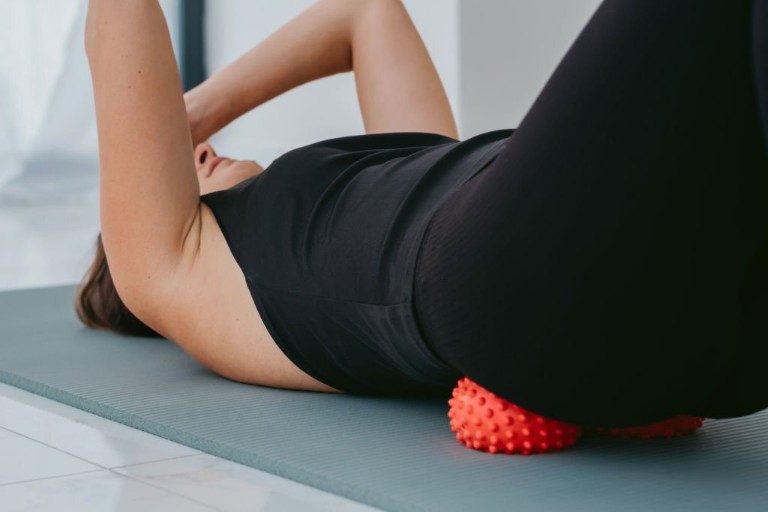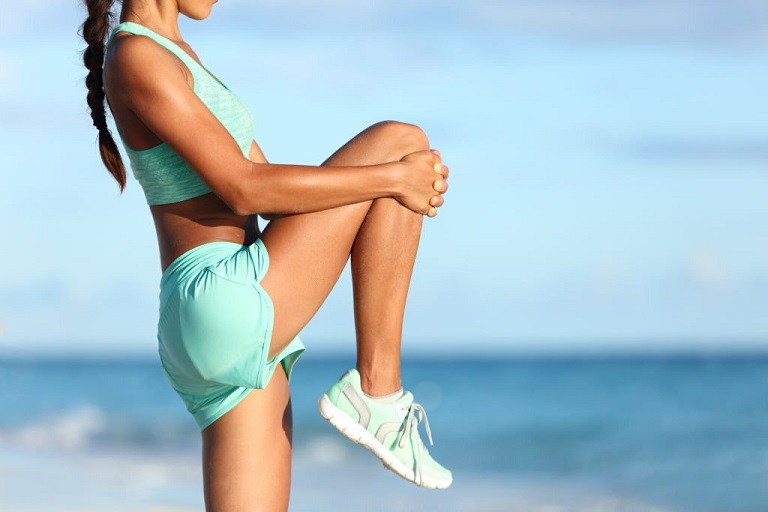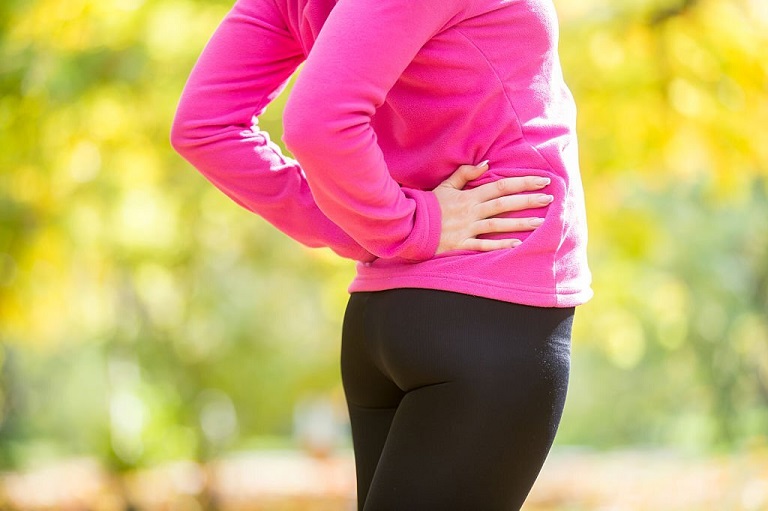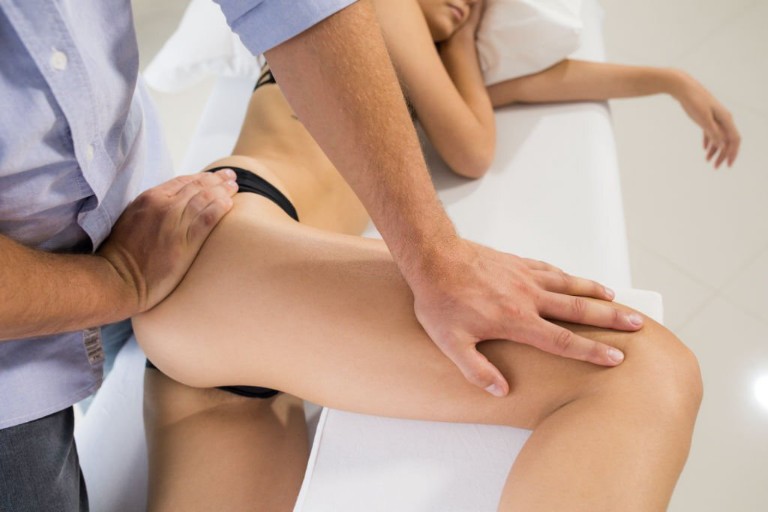Back pain and tight hip flexors are common issues that many people experience due to sedentary lifestyles, poor posture, and lack of exercise. These conditions can greatly impact one’s daily activities and overall well-being.
While seeking professional medical advice is crucial for persistent or severe pain, there are several natural remedies and exercises that can help alleviate back pain and loosen tight hip flexors.
Let us explore some effective methods to relieve back pain and tight hip flexors and improve your overall mobility.
1. Stretching and Flexibility Exercises.
Stretching is a fundamental way to relieve back pain and loosen tight hip flexors. Incorporating the following stretches for tight hip flexors and back pain into your daily routine can help alleviate discomfort and improve flexibility:
- Cobra Pose: Lie face down, hands under your shoulders, and slowly lift your chest off the ground while keeping your pelvis pressed into the floor. Hold for 20-30 seconds and repeat a few times.
- Child’s Pose: Kneel on the floor, touch your big toes together, and sit back on your heels. Reach your hands forward and lower your chest to the ground, allowing your forehead to rest on the floor. Hold for 30 seconds to a minute, breathing deeply.
- Pigeon Pose: Begin on all fours, bring your right knee forward and place it behind your right wrist. Extend your left leg straight back, keeping your hips squared. Slowly lower your upper body down, resting on your forearms or a pillow. Hold for 30 seconds to a minute, then switch sides.
- Hip Flexor Stretch: Kneel on your right knee, place your left foot flat on the floor in front of you. Shift your weight forward, keeping your right knee directly over your ankle. You should feel a stretch in the front of your right hip. Hold for 30 seconds and repeat on the other side.
2. Regular Exercise.
Engaging in regular physical activity is crucial for maintaining a healthy back and flexible hip flexors. Low-impact exercises like swimming, walking, and cycling can help strengthen your core muscles, improve posture, and relieve back pain. There are so many benefits of regular exercise.
Additionally, incorporating exercises that specifically target the hip flexors, such as lunges and leg raises, can promote flexibility and alleviate tightness in the area.
3. Proper Posture.
Maintaining good posture throughout the day is essential for preventing and relieving back pain. When sitting, ensure that your feet are flat on the ground, and your back is supported by the chair. Keep your shoulders relaxed and avoid slouching or hunching forward. When standing, distribute your weight evenly on both feet, engage your core muscles, and align your shoulders with your ears.
4. Heat and Cold Therapy.
Applying heat or cold to the affected area can provide temporary relief from back pain and tight hip flexors. For acute pain, use an ice pack wrapped in a cloth and apply it to the area for 15-20 minutes every few hours. Ice helps reduce inflammation and numbs the area. For chronic pain or stiffness, try using a heating pad or taking a warm bath to relax the muscles and increase blood flow.
5. Yoga and Pilates.
Yoga and Pilates are excellent practices for improving flexibility, core strength, and overall well-being. These disciplines emphasize controlled movements, deep stretching, and proper breathing techniques. Most health experts recommend yoga for back pain.
Yoga and Pilates poses specifically target the back and hip flexor muscles, helping to alleviate pain and increase mobility. The benefits of yoga and pilates are simply endless. Consider joining a class or following online tutorials to learn proper form and techniques.
6. Massage and Foam Rolling.
Regular massages or self-massage techniques can help release tension in the back and hip flexor muscles. Massage for hip pain is highly recommended. You can also use a foam roller to perform self-myofascial release, which involves applying pressure to specific points to relieve tightness and improve blood circulation. Remember to start slowly and gradually increase the intensity, allowing your muscles to adjust to the pressure.
Conclusion:
Back pain and tight hip flexors can be challenging to deal with, but by incorporating these natural methods into your routine, you can find relief and improve your overall well-being. It is essential to listen to your body, practice good posture, and seek professional advice if the pain persists or worsens.
By combining stretching exercises, regular physical activity, proper posture, heat or cold therapy, yoga or Pilates, and massage techniques, you can address these issues effectively and regain comfort and mobility in your daily life.
If you seek a more helpful way to loosen tight hip flexors and relieve yourself of hip flexor pain, I advise you learn how to Unlock Your Hip Flexors.






